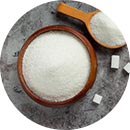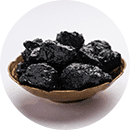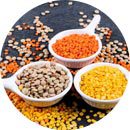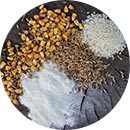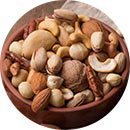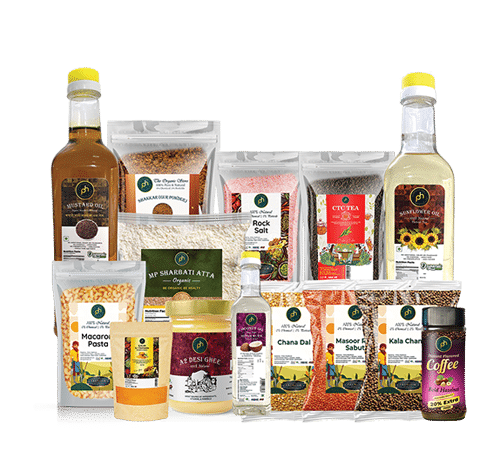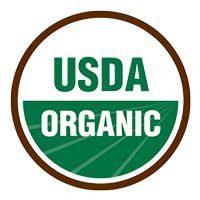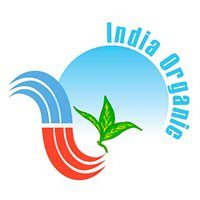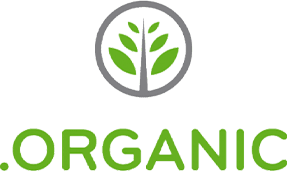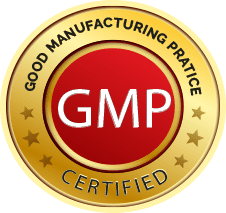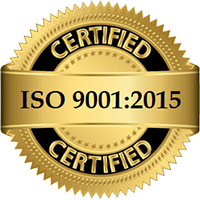The supposed health benefits and environmentally friendly adheres to organic food have helped it become extremely popular in recent years. Consumers may find it challenging to understand the world of organic food labeling. It’s crucial to comprehend the meaning behind different terminology and certificates. We’ll explain how to read organic food labels and explain their significance. To make informed decisions regarding the organic items you buy, continue reading.
Certified Organic:
A product that displays the label “Certified Organic” has proven that it adheres to strict criteria established by a recognized certification agency. Norms for farming practices, pesticide use, synthetic fertilizer use, and genetic modification are frequently included in these standards. Consumers are reassured by the label that the product has passed thorough testing and adheres to organic rules.
USDA Organic:
One of the most well-known organic certifications in the US is the “USDA Organic” badge. It assures that the product complies with the National Organic Programme (NOP) criteria and is issued by the United States Department of Agriculture (USDA). The product must have been produced without the use of genetically modified organisms (GMOs), antibiotics, synthetic fertilizers, pesticides, or growth hormones to display this designation. To display the USDA Organic seal, at least 95% of the ingredients must be organic.
100% Organic:
When a product is marketed as “100% Organic,” it signifies that every ingredient utilized in its manufacture is organically grown or produced. This mark guarantees that no artificial ingredients or processing aids were utilized. Customers can feel secure knowing that only organically grown ingredients were used to make the entire product.
Made with Organic Ingredients:
The product must include at least 70% certified organic ingredients, according to the “Made with Organic Ingredients” claim. Even though the final 30% may not be organic, it must nevertheless adhere to specific rules and cannot include any GMOs. This label can frequently be seen on processed foods that have several components.
GMO-Free:
Organisms whose genetic makeup has been transformed via genetic engineering methods are referred to as genetically modified organisms (GMOs). The product is free of substances that have undergone genetic modification, according to the “GMO-Free” label. It’s crucial to remember that using GMOs is already prohibited under organic certification. As a result, goods with the organic designation are by definition GMO-free.
Natural:
On the labels of organic foods, the word “Natural” is frequently misunderstood and may be deceptive. “Natural” does not have a standardized meaning or governmental monitoring, unlike the certified organic label. Generally speaking, it means that there are no artificial flavors, colors, or preservatives in the product. It does not, however, guarantee that the product complies with organic standards or that it was made following organic practices. As a result, depending merely on the phrase “Natural” may not offer the same level of trust as labels for products that are certified organic.
Supporting Local and Sustainable Agriculture:
Choosing organic food goes beyond personal health benefits. By purchasing organic products, you support local farmers who prioritize sustainable agricultural practices. Organic farming promotes soil health, and biodiversity, and reduces the impact on the environment.
Make Informed Decisions
Understanding the information on organic food labels enables consumers to choose the food they buy and consume with knowledge. Understanding the various organic labels and what they signify can help you.
The “Natural” Mystification
Even though it may sound tempting, “natural” does not always mean an item is organic. The term “natural” is not subject to the same regulations as “organic.” Even foods with the “natural” label may include GMOs, synthetic pesticides, or other ingredients. If you’re looking for organic items, it’s crucial to carefully examine the ingredient list and search for certified organic labels.
CONCLUSION
Making educated decisions about the things we consume requires an understanding of organic food labeling. The highest level of assurance that a product satisfies stringent organic criteria is provided by certified organic labels like “Certified Organic” and “USDA Organic.” The amount of organic materials used in the product is indicated by labels like “100% Organic” and “Made with Organic Ingredients”. Though imprecise, adjectives like “natural” may not always imply organic manufacturing. Consumers can confidently choose organic products that match their values and interests by understanding these labels, encouraging a better way of life, and assisting in the sustainability of agriculture.
 English
English 



